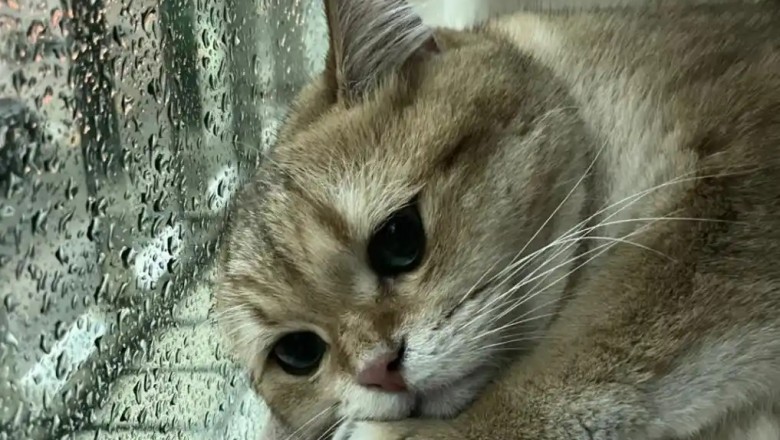
views
Cats Also "cry": Understanding the Emotional World of Our Feline Friends
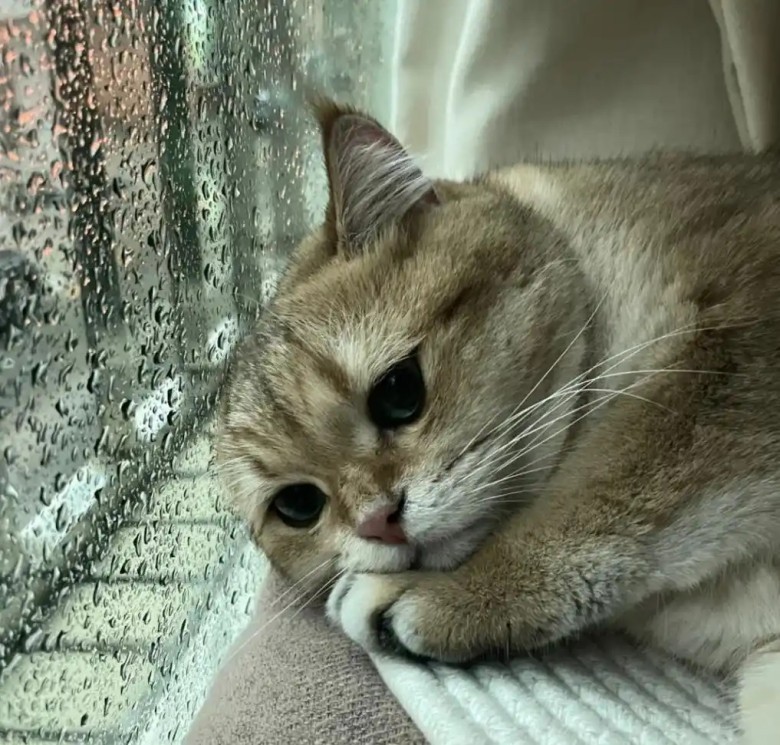
When You Hear Someone Ask, “do Cats Also Cry? ” It Might Initially Provoke Confusion. After All, Unlike Humans, Cats Don’t Shed Tears as a Direct Manifestation of Sadness or Pain. However, If You’ve Ever Shared Your Life with a Cat, You May Recognize That They, Too, Experience a Complex Range of Emotions. Over Time, We Begin to Realize That These Furry Companions Can Express Their Feelings in Various Subtle Yet Poignant Ways.
The Signs of Cat Sadness
Cats May Not Express Grief in Tears, but They Certainly Have Their Own Language of Emotional Expression. One Noticeable Sign That Your Feline Friend Is Not Feeling Well Is a Sudden Loss of Appetite. Cats Are Famously Food-motivated; They Eagerly Await Mealtime, and Their Favorite Treats Have an Almost Magical Allure. If Your Cat, Who Once Devoured Every Morsel with Delight, Suddenly Turns up Its Nose at Food, It’s a Red Flag. This Change May Indicate That Your Cat Is Mourning or Wrestling with Inner Turmoil.
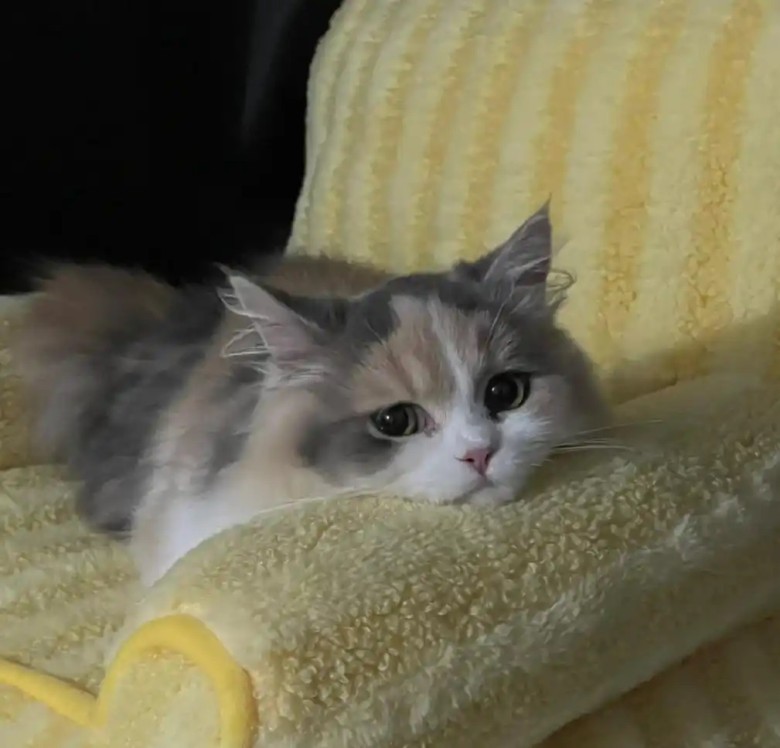
Imagine Your Usually Playful Cat Silently Encroaching on the Corners of Your Home, Opting to Withdraw Instead of Engaging with You or Its Surroundings. When a Cat Withdraws from Its Usual Energetic Self, It May Be Struggling under the Weight of Emotional Pain. It’s as If They’ve Chosen Isolation as a Means to Process Their Sadness. They Might Curl up in the Darkest Nook of the House, Seemingly Lost in Thought—a Clear Star in Their Emotional Play.
The Power of Grooming
Another Intriguing Behavior to Observe Is Frequent Grooming, Specifically Focused on One Spot. Cats Groom Themselves to Maintain Hygiene, but When a Cat Licks One Area Obsessively, It Might Suggest an Emotional or Physical Issue. This Self-grooming Could Be a Behavioral Response to Anxiety or Stress, Serving as a Coping Mechanism. In Severe Cases, It May Lead to Bald Patches Where the Fur Is Excessively Licked Away. One Must Wonder What Deeper Currents of Feeling Are Prompting Such a Desperate Urge for Comfort.
Vocal Cues: the Cry You Can Hear
A Cat's Cries Vary Significantly, and a Change in Vocalization Can Be a Reflection of Its Emotional State. A Cat That Suddenly Emits Pained Moans or Weak Mews, Different from Its Usual Requests for Food or Attention, May Be Signaling Distress. It’s Important Not to Dismiss These Sounds Lightly; They Can Be Cries for Help, an Expression of Sadness, or a Manifestation of Physical Discomfort.
The Importance of Sleep
Caring Cat Owners Also Know That a Change in Sleep Patterns Can Reveal a Lot About Their Pet’s Well-being. If Your Kitty Is Restless and Unable to Fall Asleep at Night or Seems Lethargic During the Day, These Could Be Signs of Deeper Psychological Issues or Even Health Concerns. Sleep Disturbances in Cats Aren’t Merely the Result of Being “busy” or “too Active”; They Point to Emotional States That Need Addressing.
Your Response Matters
When You Notice These Signs—loss of Appetite, Unwillingness to Engage, Obsessive Grooming, Unusual Vocalizations, or Disrupted Sleep—it's Crucial to Pay Attention. Understanding Our Cats' Body Language and Emotional States Allows Us to Respond Appropriately, Whether That Means Seeking Veterinary Advice or Ensuring They Have a Comforting Environment.

Changes in a Cat’s Living Conditions Can Also Trigger Emotional Responses. If You’ve Moved Homes, Brought in a New Pet, or Even Had a Change in Your Daily Routine, Your Cat May Be Experiencing Stress from These Shifts. Cats Are Creatures of Habit; They Thrive on Routine, and Any Alterations Can Leave Them Feeling Vulnerable and Uneasy.
As Guardians of These Sensitive Creatures, We Have a Responsibility Not Only to Care for Their Physical Needs but Also to Nurture Their Emotional Health. Offering Consistent Companionship, Enriching Their Environment, and Ensuring They Feel Safe Are All Essential Aspects of Cat Emotional Well-being.
A Gentle Reminder
Every Cat Deserves to Be Treated Gently and Compassionately, Alleviating Any Pain or Sadness They May Feel. Recognizing That Our Feline Friends Can Experience Complex Emotions Reinforces the Bond between Us. By Staying Attuned to Their Behaviors and Needs, We Ensure a Happier, More Fulfilling Life Together.
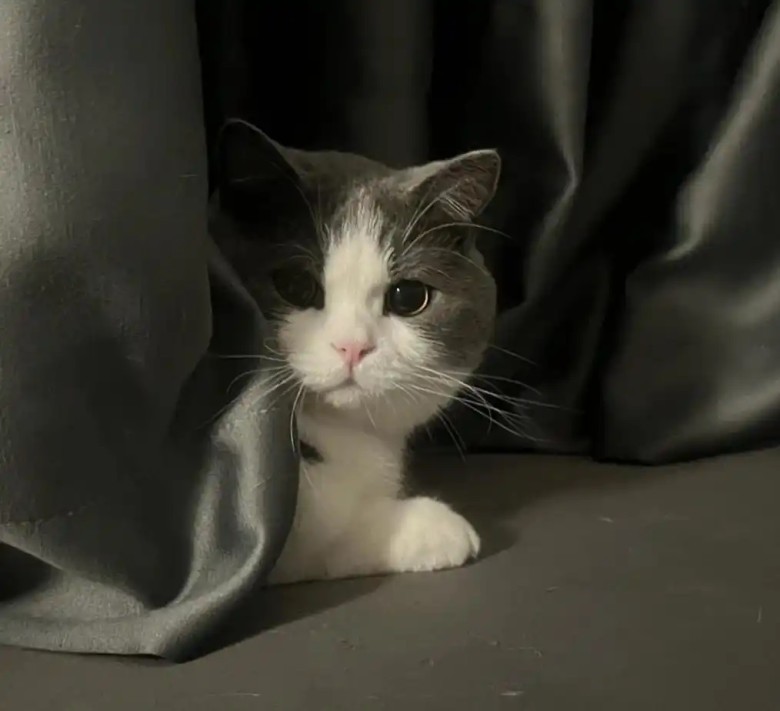
In Nurturing Our Bonds with Cats, We Must Embrace the Understanding That They Too “cry”—not with Tears That Fall, but through Actions That Speak Volumes About Their Emotional States. Let's Strive to Be the Kind of Guardians They Can Rely On, Helping Them Feel Loved, Safe, and Truly at Home.










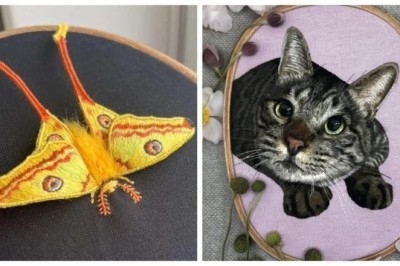
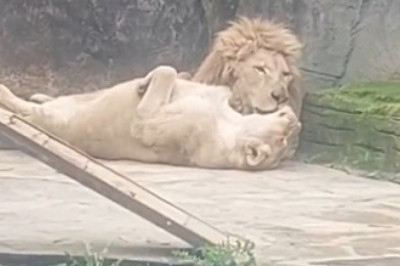


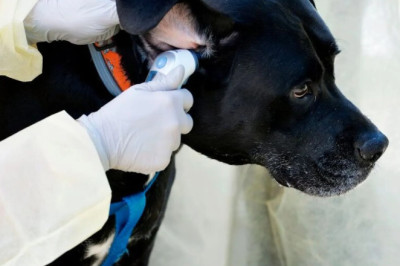

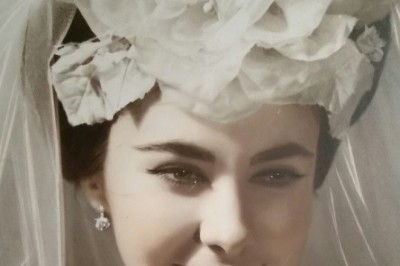


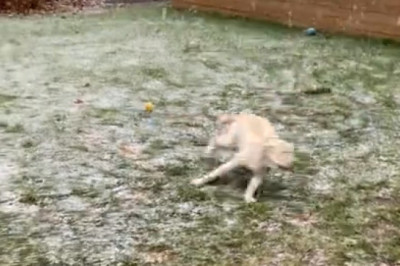
Comments
0 comment